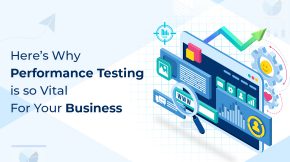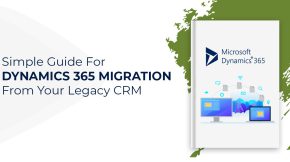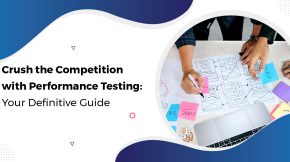OCR Finance: A Financial Revolution You Can’t Afford to Miss
If I told you that businesses spend 10% to 20% of their revenue on document processing and administration, you’d probably be aghast. And yet, it’s a statistic that demands our attention. Welcome to the world of Optical Character Recognition (OCR) in finance. Whether you’re a seasoned CFO, an ambitious start-up owner, or one of the many finance enthusiasts, you’re on the brink of an innovation that’s about to flip the financial world on its head. So sit tight, and let’s delve into the exciting world of OCR in the financial sphere.
What is OCR in Finance?
Optical Character Recognition, or OCR technology that’s been around for decades. It’s like a superpower that enables computers to understand and convert different types of documents such as scanned paper documents, PDF files, or images captured by a digital camera into editable and searchable data.
You could say it’s like teaching a computer to read.
But what happens when this technology rubs shoulders with the finance industry? Magic, that’s what! OCR in finance is like having a super-efficient, hyper-accurate, never-tiring assistant who can chew up complex financial documents and spit out useful, actionable data.
Imagine this: You’re an accountant with a mountain of invoices, receipts, purchase orders, and other financial documents that need to be processed.
The traditional way is to manually enter all this data into your accounting software. It’s tedious, time-consuming, and prone to human error. Enter OCR. With OCR, you can scan these documents, extract all the relevant data, and import it directly into your accounting software, all in a fraction of the time it would take to do this manually.
And the impact? It’s huge! OCR in finance can expedite processing times, reduce errors, and free up your valuable human resources for more strategic tasks. It’s like giving your finance department a turbo boost!
OCR Accounting: A Deep Dive
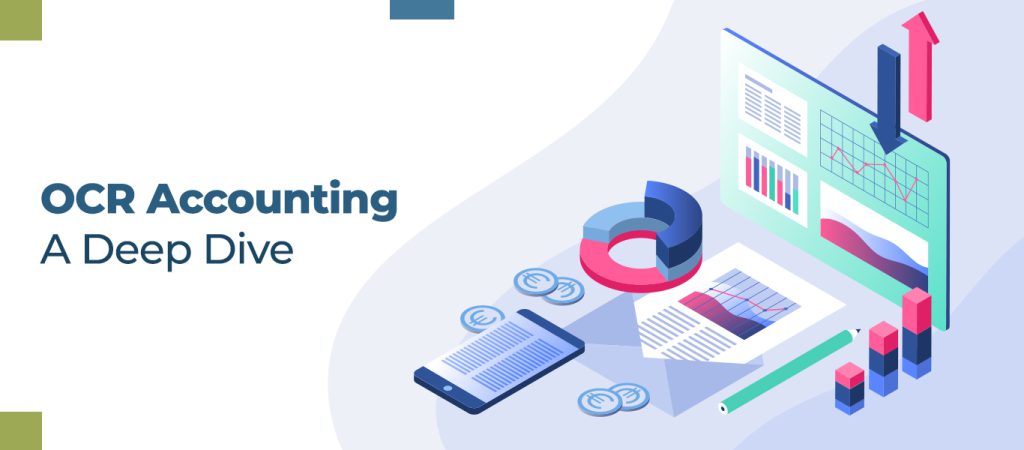 Accounting is a critical function of any business, dealing with a constant flow of financial documents. And this is where OCR can really come to the fore. OCR in accounting is about leveraging technology to process, organize, and analyze financial data with speed and accuracy that would put the most diligent accountant to shame!
Accounting is a critical function of any business, dealing with a constant flow of financial documents. And this is where OCR can really come to the fore. OCR in accounting is about leveraging technology to process, organize, and analyze financial data with speed and accuracy that would put the most diligent accountant to shame!
Think about the myriad financial documents an accounting department deals with on a daily basis – invoices, tax forms, bank statements, and more. OCR can take these documents, extract the relevant data, and make them readily available for further processing.
But the real game-changer has been the introduction of AI in OCR accounting. AI-powered OCR doesn’t just read the data; it understands it. It can recognize patterns, learn from them, and even make predictions. This means it can handle documents of different formats and designs, understand the context, and extract the information accurately.
This combination of OCR and AI is revolutionizing accounting. It’s not just about saving time or reducing errors anymore. It’s about empowering accountants with real-time data and insights, enabling faster decision-making, and opening the door to a whole new level of strategic financial management.
In conclusion, OCR in finance and accounting is not just a nice-to-have tool; it’s a must-have strategy for any business that wants to stay competitive and agile in today’s dynamic market landscape.
It’s about working smarter, not harder. After all, why waste 69 days on manual data entry when you could be innovating, strategizing, and propelling your business forward?
Stay tuned as I dive deeper into the benefits of OCR finance in the next installment. Trust me, you don’t want to miss this!
The Stunning Benefits of OCR Finance
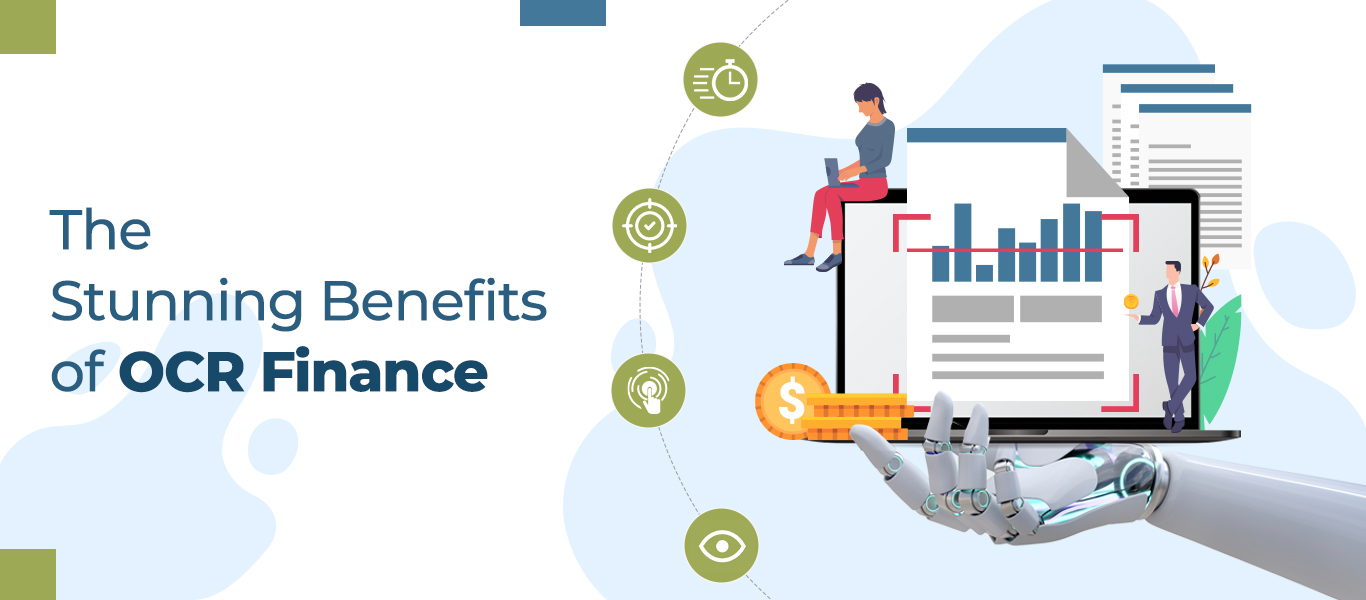 When it comes to OCR in finance, there’s a smorgasbord of benefits that can make even the most seasoned finance professional do a double-take. It’s not just about digitizing paper documents or speeding up data entry. OCR finance is about transforming the entire finance function, making it more efficient, accurate, and strategic.
When it comes to OCR in finance, there’s a smorgasbord of benefits that can make even the most seasoned finance professional do a double-take. It’s not just about digitizing paper documents or speeding up data entry. OCR finance is about transforming the entire finance function, making it more efficient, accurate, and strategic.
Let’s start with the obvious – speed. OCR can process documents at lightning speed. Remember those 69 days lost to manual data entry? Well, with OCR, you can reclaim them. OCR can process a document in seconds, turning mountains of paperwork into manageable digital data in no time.
Accuracy is another big win. Manual data entry is riddled with potential errors. Even the most meticulous person can make a mistake when faced with hours of monotonous data entry. OCR, on the other hand, doesn’t get tired or bored. It delivers consistent, accurate results every time.
But the benefits of OCR finance go way beyond speed and accuracy. It’s also about visibility and control. With OCR, all your financial data is digitized and easily searchable. This means you can track expenses, monitor cash flow, and analyze financial trends with ease. You can also spot anomalies or potential fraud quickly, enhancing your financial controls.
And let’s not forget compliance. With increasing regulatory requirements, maintaining accurate financial records is more important than ever. OCR can ensure that all your financial data is correctly recorded and easily retrievable, making audits and compliance checks a breeze.
Finally, OCR can unleash the strategic potential of your finance function. By automating routine data entry tasks, OCR frees up your finance team to focus on higher-value activities like financial planning, analysis, and strategy. Instead of being bogged down with paperwork, your finance team can become strategic advisors, driving business performance and growth.
The Transformative Power of OCR Accounting
If OCR finance is a game-changer, then OCR accounting is a whole new ball game. It’s about leveraging cutting-edge technology to transform the traditional, paper-heavy world of accounting into a sleek, efficient, digital powerhouse.
The first thing you’ll notice with OCR accounting is the dramatic reduction in paper. Invoices, receipts, and tax forms – they can all be scanned and digitized, making them easier to store, search, and analyze. This not only saves physical space but also makes your accounting processes more efficient and environmentally friendly.
Next up is data entry. OCR can extract data from documents and import it directly into your accounting software. This means you can say goodbye to manual data entry and the errors that come with it. Your data is now more accurate, up-to-date, and reliable.
But OCR accounting is not just about digitizing paper and automating data entry. It’s also about enhancing your financial analysis and decision-making. With all your financial data digitized and easily accessible, you can generate financial reports, analyze trends, and make informed decisions faster than ever before.
And here’s the real kicker – OCR accounting can also improve your client service. With faster processing times, accurate data, and real-time reporting, you can provide your clients with timely, accurate, and insightful financial advice. You can also respond to client queries faster, enhancing your service levels and client satisfaction.
In conclusion, OCR accounting is not just a tool; it’s a strategic asset that can transform your accounting function and give your business a competitive edge. So, are you ready to embrace the future of accounting?
OCR Finance: Ushering in a New Era of Efficiency and Accuracy
It’s clear by now that OCR in finance is more than a trend; it’s a revolution that’s reshaping the finance landscape. But what does this mean for you, dear reader, as a financial professional or business owner? It means a whole new world of opportunities and advantages that can give you an edge in today’s competitive marketplace.
One of the biggest advantages of OCR finance is the sheer efficiency it brings. Time is a precious commodity in the finance world. Every minute spent on manual data entry is a minute lost from strategic thinking, decision-making, and creating value. OCR finance helps you reclaim those lost minutes and transform them into strategic opportunities.
Another key benefit is the accuracy and reliability of data. In finance, data is king. But the quality of your data can make or break your financial decisions. OCR eliminates the risk of human error in data entry, ensuring that your financial data is accurate, consistent, and reliable.
But perhaps the most compelling advantage of OCR finance is the strategic insight it offers. With OCR, you can quickly process and analyze large volumes of financial data, uncovering trends, patterns, and insights that can inform your financial decisions. It’s like having a pair of X-ray glasses that can see through the complexity of financial data and reveal the strategic insights hidden within.
OCR also enhances transparency and compliance. With all your financial data digitized and easily searchable, you can maintain a clear audit trail, making it easier to comply with regulatory requirements and audits.
Finally, OCR finance can transform the way you work. It can free you from the drudgery of paperwork and manual data entry, allowing you to focus on what really matters – driving business performance, growth, and value.
Sailing Ahead
OCR in finance is not merely a trend; it’s a revolution that’s reshaping the financial landscape. As finance professionals, we can either ride the wave or get left behind.
The choice is clear. Whether it’s streamlining AP processes, enhancing accuracy, or freeing up your staff to take on more strategic tasks, OCR packs a punch that’s hard to ignore.
And remember that alarming statistic we started with? With OCR, it’s set to become a thing of the past. So hop on the OCR wave, and let’s revolutionize finance together!












